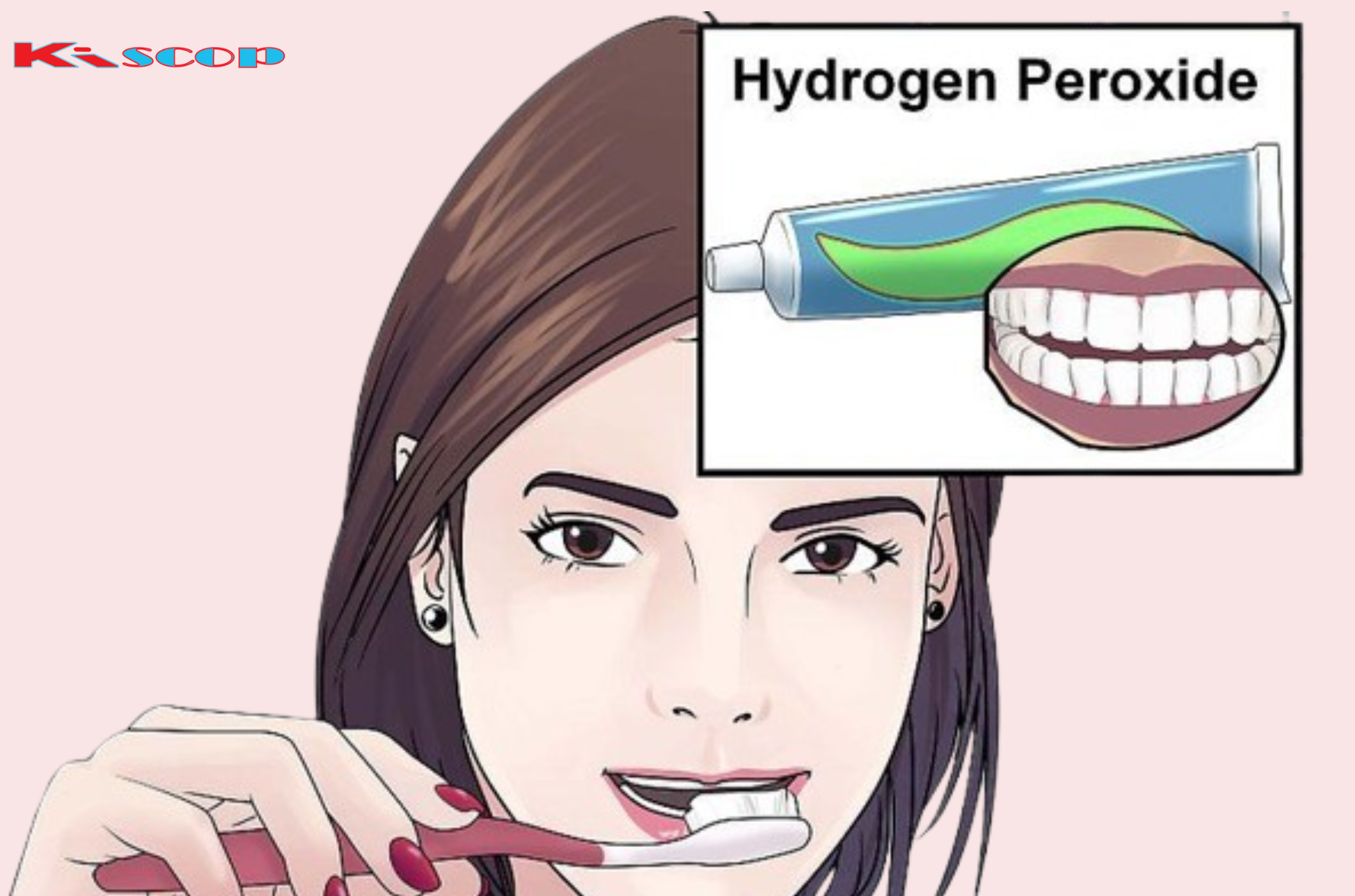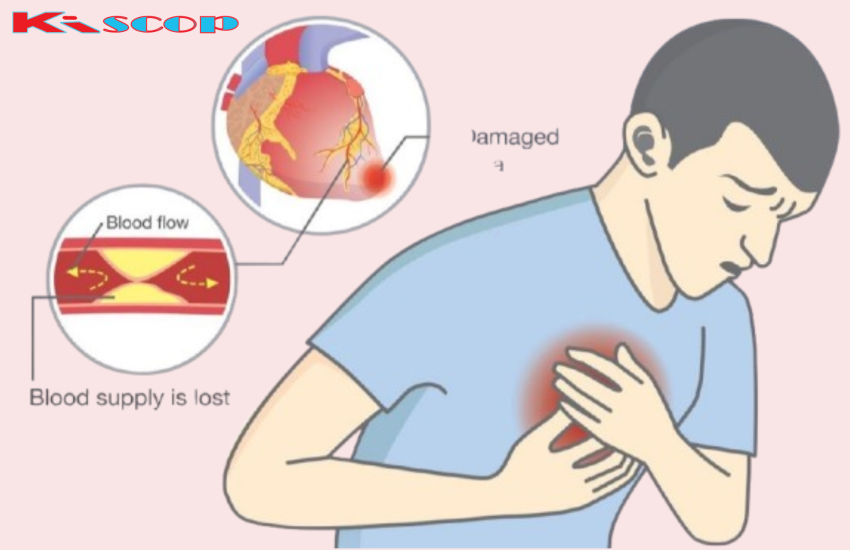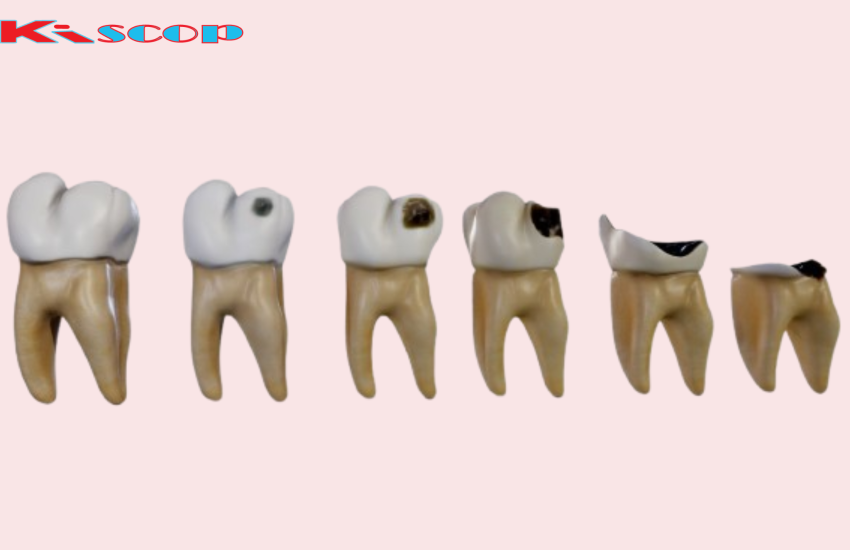How to Whiten Teeth with Hydrogen Peroxide: A Complete Guide
Hydrogen peroxide is a common ingredient in many teeth whitening products and has been used for years to achieve a brighter smile. Its bleaching properties help remove stains and discoloration from the surface of the teeth, making it an effective and affordable option for at-home teeth whitening. However, it’s important to use hydrogen peroxide safely to avoid damaging your teeth and gums. In this guide, we’ll walk you through how to whiten your teeth with hydrogen peroxide, including safety tips and different methods you can try.
Understanding Hydrogen Peroxide
Hydrogen peroxide (H₂O₂) is a chemical compound that acts as a bleaching agent. In low concentrations, it is safe for use in the mouth and is often found in over-the-counter teeth whitening products. When applied to teeth, hydrogen peroxide breaks down into water and oxygen, helping to lift stains and brighten the enamel.
Is Hydrogen Peroxide Safe for Teeth Whitening?
When used correctly, hydrogen peroxide can be a safe and effective way to whiten your teeth. However, using too high a concentration or applying it too frequently can lead to tooth sensitivity, gum irritation, and even damage to the enamel. The key to safe teeth whitening with hydrogen peroxide is to use it in the right concentration and to follow proper application methods.
Choosing the Right Concentration
Hydrogen peroxide is available in various concentrations, but for teeth whitening, it’s best to stick with a 3% solution, which is commonly available at drugstores. Higher concentrations can be more effective for whitening but carry a greater risk of side effects, so they should be used with caution and ideally under the supervision of a dentist.
Methods for Whitening Teeth with Hydrogen Peroxide
There are several ways you can use hydrogen peroxide to whiten your teeth. Below are some of the most common methods.
1. Hydrogen Peroxide Mouth Rinse
One of the simplest ways to whiten your teeth with hydrogen peroxide is to use it as a mouth rinse.
How to Use:
- Mix equal parts hydrogen peroxide (3%) and water.
- Swish the solution around your mouth for 30 seconds to 1 minute.
- Spit out the solution and rinse your mouth with water.
Frequency:
- Use this rinse 2-3 times a week. Overuse can lead to sensitivity, so it’s important not to overdo it.
2. Hydrogen Peroxide and Baking Soda Paste
Combining hydrogen peroxide with baking soda creates a mildly abrasive paste that can help remove surface stains from your teeth.
How to Use:
- Mix 1-2 teaspoons of baking soda with enough hydrogen peroxide (3%) to form a thick paste.
- Apply the paste to your toothbrush and gently brush your teeth in small circular motions for 2 minutes.
- Rinse your mouth thoroughly with water.
Frequency:
- Use this paste 1-2 times per week. Avoid daily use, as the abrasiveness can wear down your enamel over time.
3. Hydrogen Peroxide Whitening Strips
Some people prefer to make their own whitening strips using hydrogen peroxide and cotton strips or gauze.
How to Use:
- Soak cotton strips or gauze in hydrogen peroxide (3%).
- Apply the strips to your teeth and leave them on for 10-15 minutes.
- Remove the strips and rinse your mouth with water.
Frequency:
- This method can be used 2-3 times per week, but it’s essential to monitor for any signs of irritation or sensitivity.
Safety Tips for Using Hydrogen Peroxide on Teeth
- Use Low Concentrations: Stick to a 3% hydrogen peroxide solution to minimize the risk of irritation and enamel damage.
- Limit Frequency: Avoid using hydrogen peroxide every day. Overuse can lead to tooth sensitivity and damage.
- Avoid Swallowing: While small amounts are generally safe, swallowing hydrogen peroxide can cause irritation to your stomach and throat.
- Watch for Irritation: If you experience any gum irritation or increased tooth sensitivity, stop using hydrogen peroxide and consult your dentist.
- Consult Your Dentist: Before starting any at-home teeth whitening regimen, it’s a good idea to consult with your dentist, especially if you have dental work such as crowns, fillings, or braces.
Alternative Whitening Options
If you’re concerned about using hydrogen peroxide or if you experience sensitivity, there are other teeth whitening options available:
- Whitening Toothpaste: These products contain mild abrasives and peroxide-based bleaching agents that can help remove surface stains with regular use.
- Whitening Strips: Over-the-counter whitening strips often contain hydrogen peroxide in controlled concentrations and are designed for safe at-home use.
- Professional Whitening: For more dramatic results, consider having your teeth whitened by a dentist. Professional treatments use higher concentrations of hydrogen peroxide and are carefully monitored to prevent damage.
Conclusion
Whitening your teeth with hydrogen peroxide can be an effective way to brighten your smile, but it’s important to use this chemical safely and responsibly. Stick to low concentrations, avoid overuse, and always pay attention to how your teeth and gums react to the treatment. If you have any concerns, don’t hesitate to reach out to your dentist for advice. With the right approach, you can achieve a whiter smile while keeping your teeth healthy and strong.
4o



